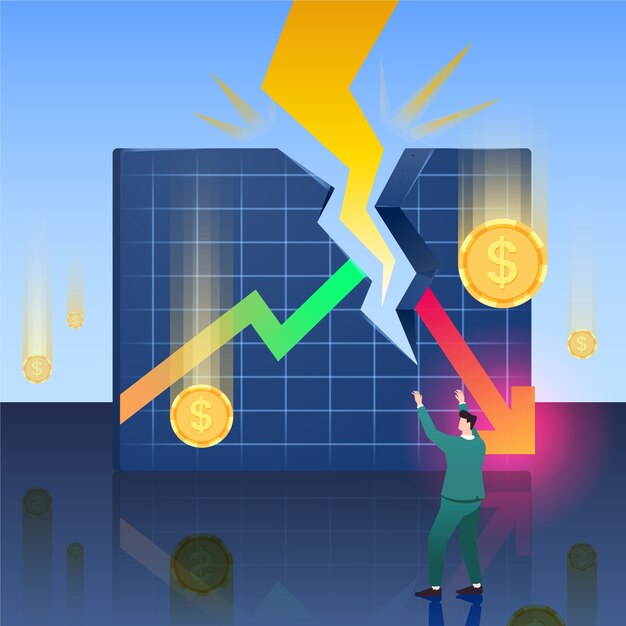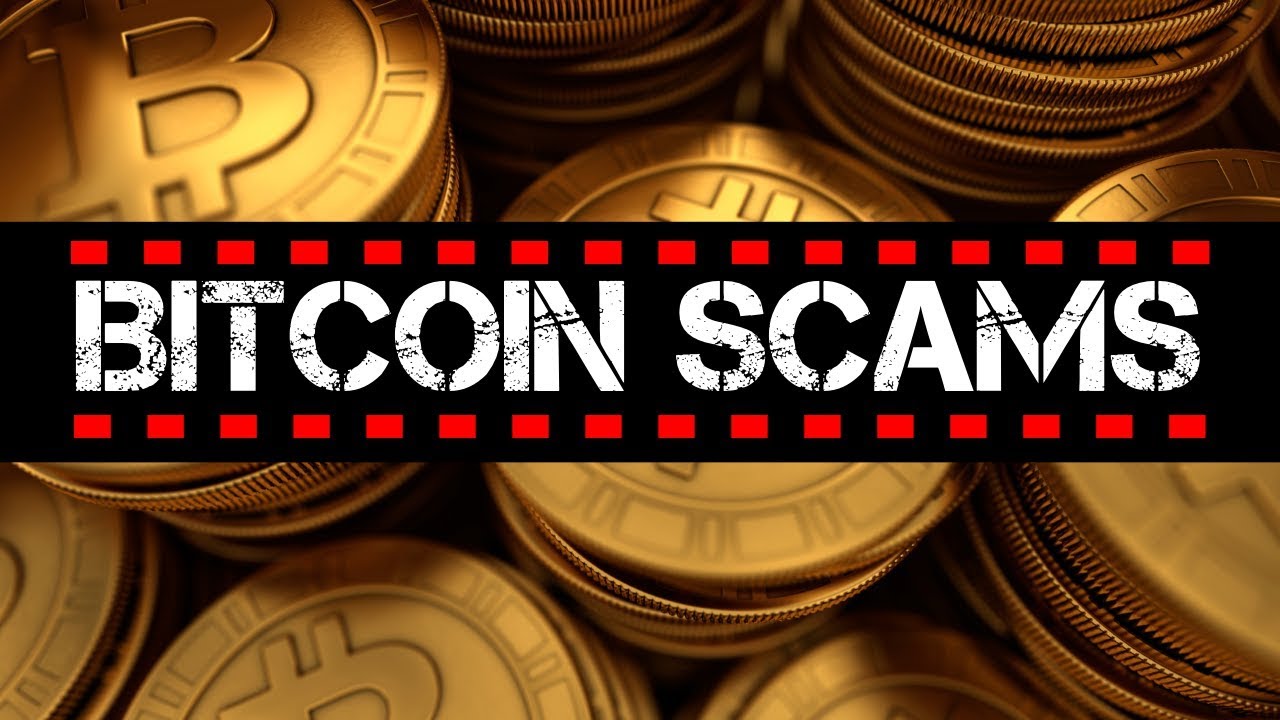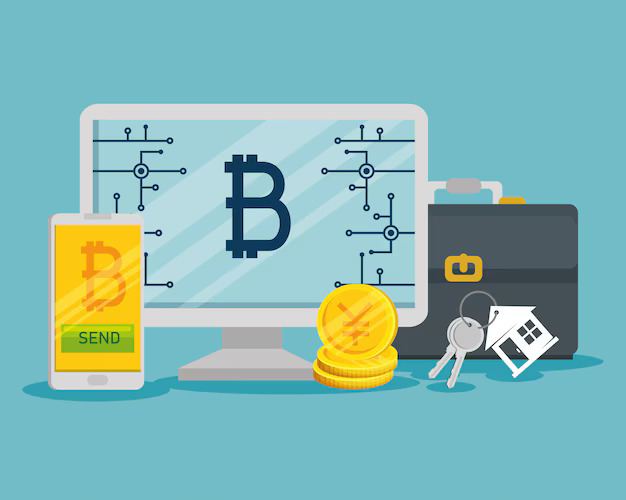Exploring the Cardano Network and Its ADA Ecosystem
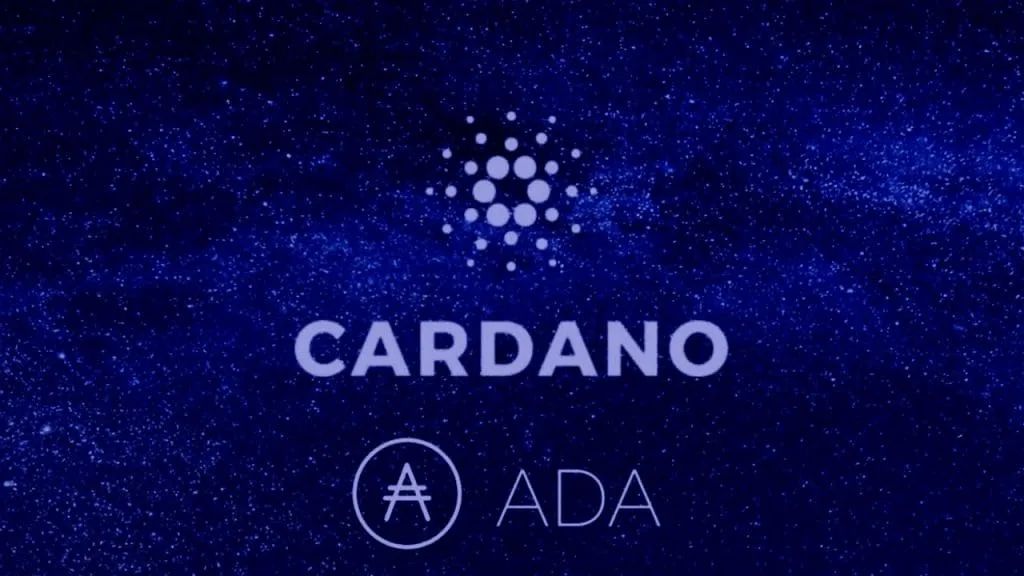
Within the realm of decentralized technologies, a particular digital currency has emerged as a significant player, capturing the interest of enthusiasts and investors alike. This platform is distinguished by its innovative approach to scalability, security, and sustainability, setting it apart from traditional cryptocurrencies. As it evolves, the foundational architecture nurtures a thriving community and robust applications aimed at enhancing user experience.
Delving into this captivating ecosystem reveals a multitude of layers, each contributing to the overall functionality and appeal of the cryptocurrency. From sophisticated smart contract capabilities to engaging projects developed by passionate developers, the implications of this technology stretch far beyond mere transactions. The dynamic nature of this ecosystem creates fertile ground for innovation, fostering advancements that are reshaping the way we think about finance, governance, and digital interactions.
Understanding the intricacies of this cryptocurrency realm is essential for anyone looking to navigate its complex landscape. By examining key components and their interrelations, one can appreciate the full potential of this digital asset, gaining insights into both its current status and future trajectory. As exploration continues, the excitement surrounding this digital frontier grows, inviting more individuals to participate in its transformative journey.
Understanding Cardano’s Unique Architecture
The framework of this blockchain platform stands out due to its innovative structure, which promotes scalability, security, and sustainability. By integrating various layers, it ensures that transactions and smart contracts function efficiently while maintaining a degree of flexibility for future upgrades.
Layered Design is a cornerstone of this architecture, separating the settlement layer from the computation layer. The settlement layer handles value transfer, while the computation layer manages smart contracts. This separation allows for enhanced performance and adaptability, addressing potential bottlenecks in processing.
Another significant aspect is the Ouroboros Protocol, an advanced proof-of-stake consensus mechanism. This protocol not only provides energy efficiency but also enhances security through rigorous mathematical proofs that validate each transaction. The result is a robust environment that reduces risks associated with traditional proof-of-work systems.
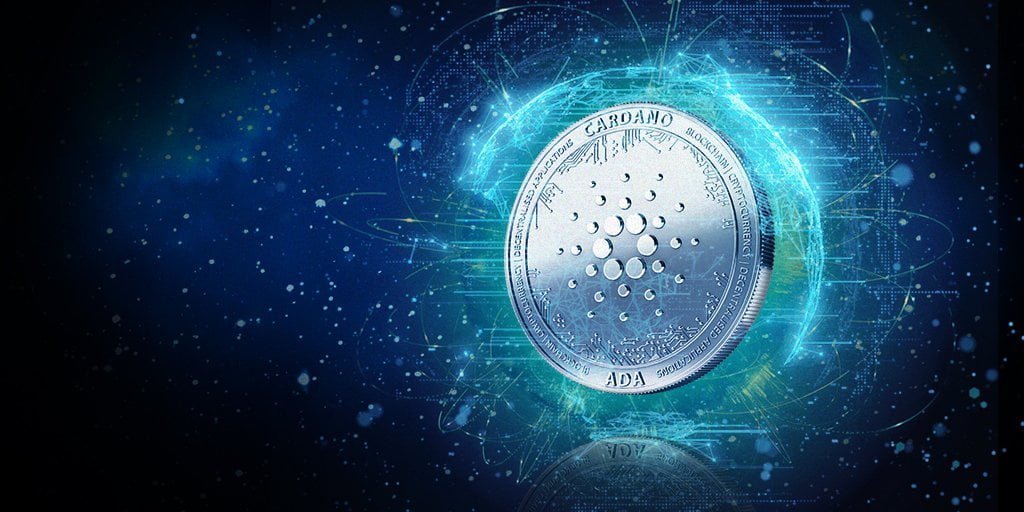
Moreover, interoperability is a vital component of this architecture. By prioritizing cross-chain communication, it aims to create a cohesive ecosystem where different blockchain solutions can interact seamlessly, fostering collaboration and innovation.
In summary, the unique architecture fosters an efficient and sustainable ecosystem, positioning it as a formidable player in the blockchain landscape while paving the way for future advancements.
The Role of ADA in the Economy
In contemporary finance, cryptocurrencies have emerged as vital components, influencing various market dynamics. Among these digital assets, one token stands out as a formidable player, contributing to economic systems in numerous ways. This section explores how this particular currency serves not only as a medium of exchange but also facilitates innovative financial solutions across diverse sectors.
Utility as a Currency: The primary function of this token lies in its ability to facilitate transactions. With increasing adoption, it offers individuals and businesses a means to conduct exchanges efficiently and securely, challenging traditional monetary systems. Its decentralized nature enhances trust and reduces reliance on intermediaries, making economic activities more streamlined.
Investment Opportunities: Beyond its transactional capabilities, this digital asset has captured the interest of investors worldwide. As a market participant, it attracts capital, driving demand and contributing to overall market valuation. This interest creates avenues for wealth generation, allowing individuals to diversify their investment portfolios.
Decentralized Applications: As a fundamental element within blockchain projects, this currency empowers innovative decentralized applications. These platforms provide users with services that range from finance to governance, all built on secure protocols. Such developments not only enhance economic participation but also stimulate technology-driven growth.
Global Accessibility: This asset transcends geographical boundaries, enabling individuals in underserved regions to participate in economic activities. By offering financial services without the barriers of traditional banking, it promotes inclusion and empowers communities worldwide, fostering economic development.
Community Engagement: Furthermore, the ecosystem surrounding this asset encourages active community participation. Through various initiatives, holders can contribute to decision-making processes, enhancing democratic governance in digital spaces. This engagement fosters a sense of ownership and responsibility, reinforcing economic stability.
In summary, this token plays a multi-faceted role in modern economic landscapes. Its use as a means of exchange, investment vehicle, and facilitator of technological innovation underscores its significance in shaping future financial paradigms.
Smart Contracts and dApps on Cardano
In recent years, a significant transformation has taken place within the blockchain landscape, propelled by innovations that facilitate complex applications. This paradigm shift has enabled developers to create sophisticated decentralized solutions that empower users and enhance various sectors of the economy. At the heart of this evolution lies a robust platform, promoting a new wave of programmable functionalities.
Smart contracts, serving as self-executing agreements with predefined conditions, are instrumental in automating processes while ensuring transparency and security. By leveraging these contracts, projects can eliminate intermediaries, thereby reducing costs and increasing efficiency. The ability to encode rules directly into the blockchain not only ensures trust among participants but also fosters innovation across different domains.
Alongside smart contracts, decentralized applications (dApps) have emerged as vital components of this ecosystem. These applications, operating on a decentralized architecture, allow users to interact directly with each other, bypassing traditional constraints imposed by centralized entities. This shift toward user empowerment is reshaping industries such as finance, gaming, supply chain, and more.
One of the unique features offered by the platform is its emphasis on security and scalability. Enhanced by a distinctive consensus mechanism, developers can confidently build dApps that cater to a growing number of users without compromising performance. This creates an environment where innovation can thrive, attracting developers eager to harness the capabilities available.
As the landscape evolves, the synergy between smart contracts and dApps continues to present new opportunities, inspiring projects to rethink conventional approaches. By embracing these technologies, a future filled with possibilities is being unlocked, fundamentally changing how applications are developed and utilized across various sectors.
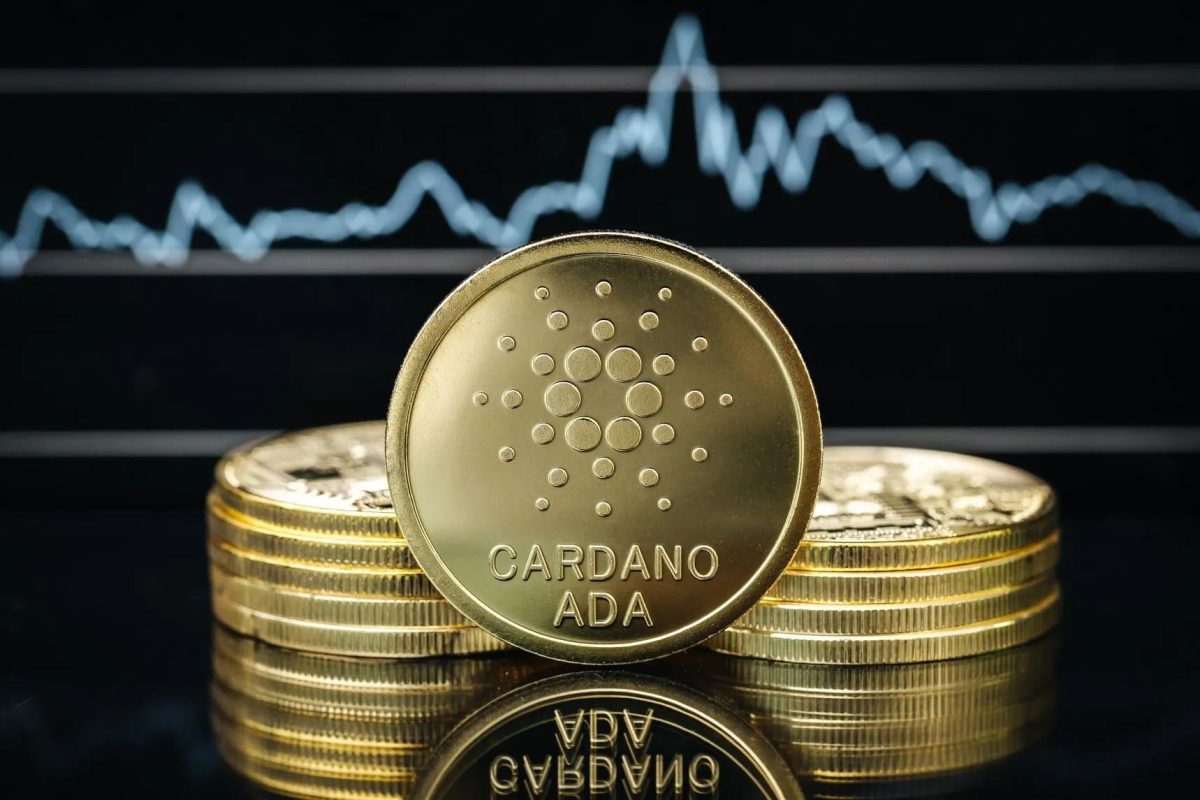
Cardano’s Consensus Mechanism Explained
This section delves into a critical aspect of blockchain technology, focusing on how validators agree on the state of the distributed ledger. The approach used ensures security, efficiency, and scalability, all while maintaining a decentralized structure.
Key Features of the Consensus Process
- Decentralization: Promotes a system where no single entity controls the network, fostering equality among participants.
- Security: Implements robust measures to safeguard the network from various types of attacks.
- Scalability: Supports increasing network demand without compromising performance.
Mechanism Overview
- Proof of Stake: This algorithm allows participants to validate transactions based on the amount of cryptocurrency held, reducing energy consumption compared to traditional methods.
- Slot Leaders: Selected individuals who create blocks and confirm transactions within designated time intervals.
- Epochs: Time frames during which events occur, including transactions and block creation, enhancing order and structure in the process.
By utilizing this consensus mechanism, the blockchain aims to achieve high throughput while ensuring that all transactions are validated efficiently and securely. Understanding this system is vital for grasping the overall functionality and potential of the platform.
Exploring Cardano’s Governance Model
Effective governance frameworks play a crucial role in maintaining the integrity and sustainability of blockchain platforms. This section delves into the mechanisms that facilitate community involvement, decision-making processes, and the overall direction of this innovative protocol. Understanding these aspects can provide insights into how users collectively shape the evolution of the ecosystem.
At the heart of this governance structure lies a commitment to decentralization. Through a unique treasury system, stakeholders possess the ability to propose changes and vote on initiatives that impact the future trajectory of the platform. This participatory approach not only empowers users but also fosters a sense of ownership over the network’s development.
Furthermore, this model encourages active collaboration among participants, ensuring that a diverse range of perspectives is considered when key choices are made. By allowing individuals from various backgrounds and expertise to contribute, the framework aims to achieve a balanced and informed decision-making process.
Through consistent engagement and transparent communication, this governance structure not only addresses immediate concerns but also anticipates long-term challenges. As a result, it creates an adaptive environment where innovation can thrive while aligning with the core values of the community.
In summary, the governance framework is a vital component that ensures alignment between user interests and the ongoing progress of the platform. By promoting inclusivity and transparency, it sets the stage for a robust future where all voices can be heard and valued.
The Future Developments in ADA Ecosystem
As technological advancements continue to evolve, the landscape of blockchain environments is expected to undergo significant transformations. Upcoming innovations promise to enhance functionality, security, and scalability, allowing participants to navigate the platform more efficiently. Stakeholders anticipate various enhancements that aim to push boundaries and create unique opportunities for developers and users alike.
Key Areas of Focus
Several pivotal elements are likely to shape progression within this ecosystem. These areas include interoperability, sustainability, and community involvement. By prioritizing these aspects, the platform can foster greater collaboration across various projects and establish a more robust foundation for the future.
| Development Focus | Description |
|---|---|
| Interoperability | Enhancing connectivity with other blockchains to enable seamless transactions and data sharing. |
| Sustainability | Implementing eco-friendly practices to ensure long-term viability and reduce environmental impact. |
| Community Engagement | Encouraging active user participation in governance and decision-making processes within the ecosystem. |
Emerging Trends
In addition to established development areas, emerging trends such as decentralized finance (DeFi) and non-fungible tokens (NFTs) are gaining traction. These innovations not only broaden the scope of applications but also attract new participants interested in utilizing these unique features. With ongoing commitment to research and development, a dynamic landscape awaits those wishing to engage with future opportunities.
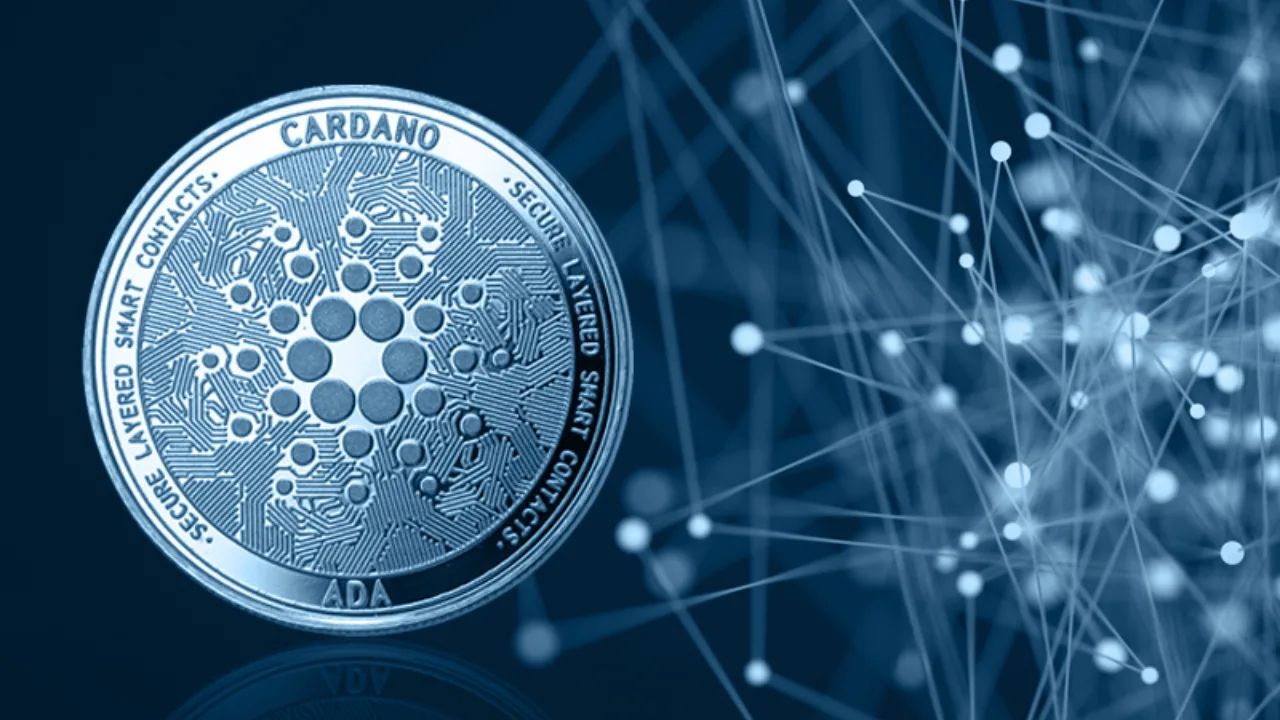
Q&A: Cardano Network: Guide to ADA Ecosystem
What is Cardano and how does it differ from other blockchain platforms?
Cardano is a third-generation blockchain platform that aims to provide a more secure and scalable infrastructure for the development of decentralized applications (dApps) and smart contracts. Unlike earlier blockchain platforms like Bitcoin and Ethereum, Cardano uses a unique proof-of-stake consensus mechanism called Ouroboros, which is designed to be more energy-efficient and scalable. Additionally, Cardano’s development is characterized by a research-driven approach, emphasizing peer-reviewed academic research and formal verification methods. This distinguishes it from other platforms that may prioritize rapid development and deployment without such rigorous scrutiny.
What is ADA, and what role does it play in the Cardano ecosystem?
ADA is the native cryptocurrency of the Cardano network. It serves multiple purposes within the ecosystem, including enabling transactions, facilitating smart contracts, and participating in the network’s governance through staking. ADA holders can delegate their coins to stake pools, allowing them to earn rewards for helping to secure the network. Additionally, ADA can be used for various applications built on the Cardano platform, such as decentralized finance (DeFi) services and non-fungible tokens (NFTs). The value and utility of ADA are intrinsically linked to the overall functionality and adoption of the Cardano ecosystem.
How does Cardano’s proof-of-stake mechanism, Ouroboros, work?
Ouroboros is Cardano’s proof-of-stake (PoS) consensus algorithm that allows network validators to create new blocks and validate transactions based on the amount of ADA they hold and are willing to lock up as collateral. This approach is significantly more energy-efficient than the proof-of-work (PoW) mechanism used by Bitcoin, as it does not require extensive computational power. The Ouroboros protocol divides time into epochs and slots, with every slot being a potential opportunity for a validator to create a new block. This ensures that the network remains decentralized, secure, and efficient while allowing ADA holders to actively participate in the network governance and earn rewards for their contributions.
What are the major use cases for the Cardano network?
The Cardano network supports various use cases, primarily centered around decentralized finance (DeFi), identity management, and supply chain solutions. In the DeFi space, Cardano enables the creation of decentralized exchanges, lending platforms, and yield farming protocols. Its smart contract capabilities allow developers to build complex financial applications that may have lower fees compared to those on Ethereum. Additionally, Cardano is exploring identity solutions that help individuals control their personal data securely. In supply chain management, it provides transparency and traceability, enabling organizations to track products from origin to end-user. These diverse applications aim to improve efficiency, security, and overall user experience within their respective industries.
How can I get started with Cardano and ADA?
To get started with Cardano and ADA, you’ll first need to create a cryptocurrency wallet that supports ADA, such as Daedalus or Yoroi. Once your wallet is set up, you can purchase ADA through a cryptocurrency exchange that lists it, like Binance or Coinbase. After acquiring ADA, you can transfer it to your wallet for safekeeping. From there, you have several options: you can hold ADA as a long-term investment, delegate your ADA to a staking pool to earn rewards, or explore dApps and services built on the Cardano platform. It’s recommended to familiarize yourself with the Cardano community resources and documentation to better understand the ecosystem and engage with ongoing developments.
What is the Cardano Network and how does it differ from other blockchain platforms?
The Cardano Network is a decentralized blockchain platform designed to enable smart contracts and decentralized applications. What sets Cardano apart from other blockchain platforms, such as Ethereum, is its unique two-layer architecture, which separates the settlement layer (responsible for transactions) from the computation layer (which handles smart contracts). This design enhances security and scalability. Additionally, Cardano employs a proof-of-stake consensus algorithm called Ouroboros, which is considered more energy-efficient compared to traditional proof-of-work systems. The platform emphasizes a research-driven approach and incorporates formal verification methods to ensure the reliability of its smart contracts and protocols.
How can I buy and store ADA tokens securely?
To buy ADA tokens, you can use various cryptocurrency exchanges, such as Binance, Coinbase, or Kraken, which allow you to purchase ADA using fiat currency or other cryptocurrencies. Once you have acquired ADA, it is crucial to store it securely to protect your investment. The most secure method is to use a hardware wallet, such as the Ledger Nano S or Trezor, which keeps your private keys offline and away from potential online threats. If you prefer a software wallet, you can use Daedalus or Yoroi, both of which are tailored for holding ADA. Always ensure you have a strong password, enable two-factor authentication, and keep your recovery phrases safe and secure.
What is Cardano, and who founded it?
Cardano is a decentralized, open-source blockchain platform designed to provide a balanced and sustainable ecosystem for cryptocurrencies and dapps. It was founded by Charles Hoskinson, one of the co-founders of Ethereum, and is managed by the Cardano Foundation.
Why is Cardano’s native token called ADA?
The native token of the Cardano blockchain is named ADA after Ada Lovelace, a 19th-century mathematician recognized as one of the first computer programmers. ADA is used for transaction fees on the network, staking rewards, and participation in governance within the Cardano ecosystem.
How does staking ADA work, and what are the rewards?
Staking ADA involves delegating your tokens to a staking pool to help secure the Cardano blockchain network. In return, ADA holders receive staking rewards based on the amount staked and the pool’s performance, making Cardano staking an attractive option for passive income.
What makes Cardano’s blockchain unique?
Cardano is one of the first blockchain platforms to utilize a layered architecture, with a settlement layer for ADA transactions and a computational layer for smart contracts. This design, combined with its proof-of-stake protocol, ensures scalability, security, and energy efficiency.
What is the role of the Cardano Foundation?
The Cardano Foundation is responsible for the promotion and development of Cardano. It focuses on expanding the ecosystem, ensuring compliance, and driving adoption of the blockchain. The foundation also supports the roadmap to guide the platform’s long-term vision.
